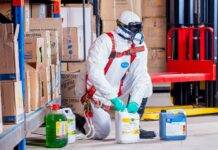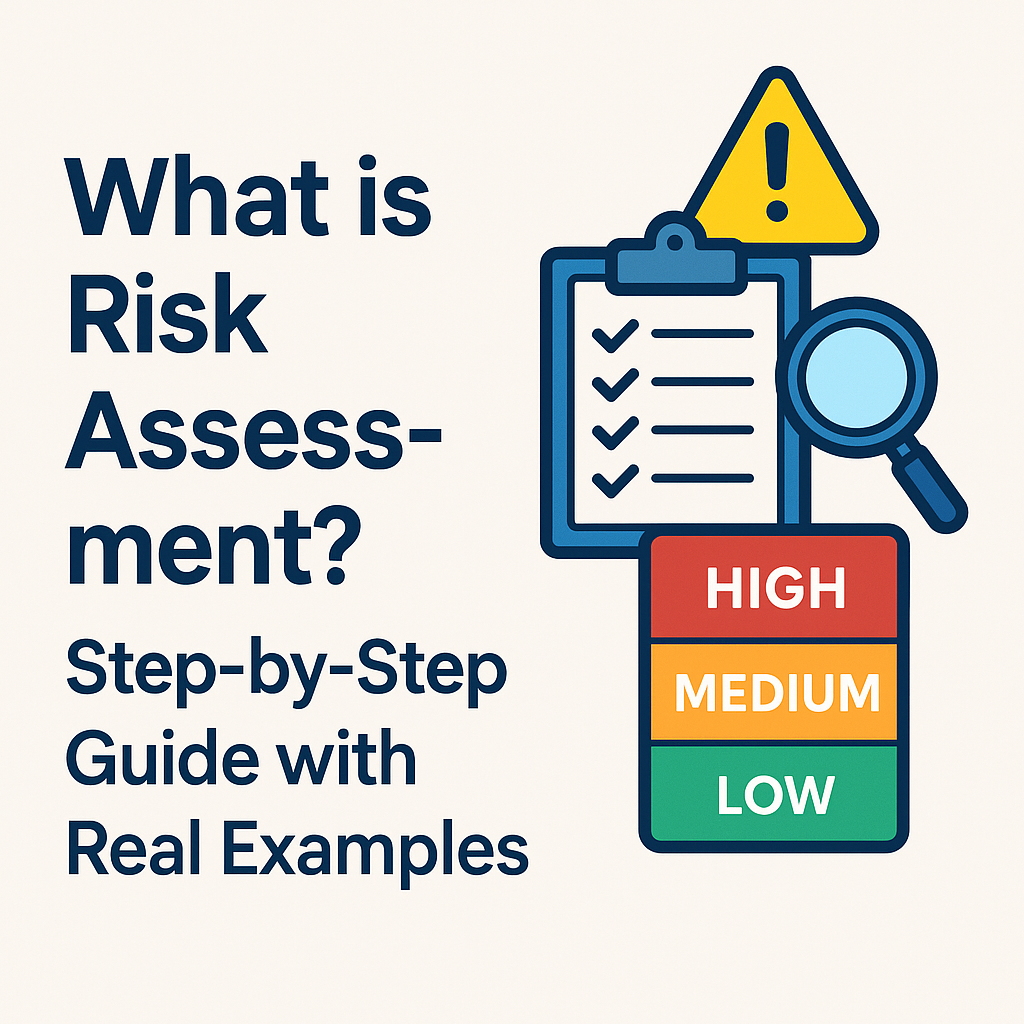
Chemical Engineering Safety Courses: Ensuring Safety in the Workplace
Chemical engineering safety courses play a pivotal role in ensuring workplace safety, protecting both employees and the environment. In industries where hazardous chemicals are handled, proper safety training is indispensable to prevent accidents, minimize risks, and maintain regulatory compliance. Let’s delve deeper into the significance of chemical engineering safety courses and explore the key aspects associated with them.
Importance of Safety Training in Chemical Engineering
Chemical engineering involves the design, operation, and optimization of processes that transform raw materials into valuable products. However, these processes often entail working with potentially dangerous substances, making safety a top priority. Proper training equips professionals with the knowledge and skills needed to identify hazards, mitigate risks, and respond effectively to emergencies.
Key Components of Chemical Engineering Safety Courses
Hazard Identification and Risk Assessment
One of the fundamental aspects of safety training is understanding the hazards associated with different chemicals and processes. Trainees learn how to assess risks, prioritize control measures, and implement safety protocols to minimize the likelihood of accidents.
Safety Procedures and Protocols
Chemical engineering safety courses cover a wide range of safety procedures, including handling hazardous materials, operating equipment safely, and maintaining a clean and organized work environment. Emphasis is placed on following standard operating procedures (SOPs) and wearing appropriate personal protective equipment (PPE).
Emergency Response and Management
In the event of an accident or chemical spill, prompt and effective response is crucial to minimize the impact and prevent further harm. Safety training includes simulations and practical exercises to prepare individuals for emergency situations, ensuring they can respond calmly and efficiently when faced with a crisis.
Types of Chemical Engineering Safety Courses
Chemical engineering safety courses are offered in various formats to cater to different learning preferences and schedules.
Online Courses
Online courses provide flexibility and convenience, allowing participants to study at their own pace from anywhere with an internet connection. These courses typically consist of interactive modules, videos, quizzes, and downloadable resources.
On-Site Training
On-site training involves hands-on instruction conducted at the workplace or a designated training facility. This type of training allows participants to learn in a real-world setting and receive immediate feedback from experienced instructors.
Certification Programs
Certification programs offer comprehensive training that culminates in a recognized credential, such as a certificate or diploma. These programs often cover advanced topics and may require participants to pass exams or complete practical assessments to demonstrate their proficiency.
Accreditation and Recognition
When choosing a chemical engineering safety course, it’s essential to select a program that is accredited by relevant regulatory bodies or industry associations. Accredited courses adhere to strict quality standards and are more likely to be recognized and respected by employers.
Choosing the Right Chemical Engineering Safety Course
When selecting a safety course, consider factors such as the curriculum, instructor qualifications, delivery method, cost, and reputation of the training provider. Look for courses that align with your specific needs and career goals.
Benefits of Completing Chemical Engineering Safety Courses
Completing a chemical engineering safety course offers numerous benefits, including:
- Enhanced safety awareness and knowledge
- Reduced risk of accidents and injuries
- Compliance with regulatory requirements
- Improved job prospects and career advancement opportunities
Challenges in Implementing Safety Training Programs
Despite the importance of safety training, organizations may encounter challenges in implementing effective programs. Common obstacles include budget constraints, resistance to change, language and cultural barriers, and the complexity of regulatory requirements. Overcoming these challenges requires commitment, leadership support, and collaboration across all levels of the organization.
Industry Standards and Regulations
Compliance with industry standards and regulations is essential to ensure the safety and integrity of chemical engineering processes. Safety courses cover relevant regulations, such as OSHA’s Process Safety Management (PSM) standard and the Globally Harmonized System (GHS) for hazard communication, to help organizations maintain compliance and avoid costly penalties.
Continuous Learning and Development
Safety training is not a one-time event but an ongoing process of continuous learning and development. Professionals should stay informed about new technologies, best practices, and regulatory changes to keep their skills up to date and ensure the highest level of safety in the workplace.
Chemical engineering safety courses are essential for ensuring the safe handling, processing, and management of chemicals in various industrial settings. Here are some key topics commonly covered in such courses:- Introduction to Chemical Hazards: Understanding the different types of chemical hazards, including toxicity, flammability, reactivity, and corrosivity.
- Risk Assessment and Management: Techniques for identifying, assessing, and mitigating risks associated with chemical processes, including hazard identification studies (HAZID), hazard and operability studies (HAZOP), and quantitative risk assessment (QRA).
- Process Safety Management (PSM): Principles and practices for managing the integrity of chemical processes to prevent major accidents, including elements such as process safety information, process hazard analysis (PHA), operating procedures, training, contractor management, and emergency response.
- Safety Instrumented Systems (SIS): Understanding the role of SIS in preventing and mitigating process safety incidents through the use of safety instrumented functions (SIFs), safety integrity levels (SILs), and related concepts.
- Chemical Exposure and Personal Protective Equipment (PPE): Learning about the potential routes of chemical exposure (inhalation, dermal contact, ingestion) and the selection and use of appropriate PPE to minimize exposure risks.
- Emergency Response and Contingency Planning: Developing protocols and procedures for responding to chemical spills, leaks, fires, and other emergencies effectively, including evacuation plans, communication strategies, and coordination with emergency services.
- Regulatory Compliance: Understanding relevant safety regulations and standards, such as OSHA’s Process Safety Management (PSM) standard, the European Union’s Seveso Directive, and others, and ensuring compliance with legal requirements.
- Human Factors in Safety: Recognizing the importance of human factors in maintaining safe chemical processes, including factors such as communication, fatigue, workload, and human error.
- Case Studies and Incident Analysis: Studying past chemical incidents and accidents to understand their causes, consequences, and lessons learned, and applying those insights to prevent similar incidents in the future.
- Continuous Improvement and Safety Culture: Fostering a culture of safety within the organization by promoting active participation, continuous learning, and the sharing of best practices to enhance safety performance continually.
These topics provide a comprehensive overview of the key areas covered in chemical engineering safety courses, helping engineers and professionals to effectively manage and mitigate risks associated with chemical processes.Conclusion
Chemical engineering safety courses are essential for promoting a culture of safety, preventing accidents, and protecting the well-being of workers and the environment. By investing in quality training programs and staying abreast of industry trends and regulations, organizations can create safer work environments and achieve long-term success.
Chemical Hygiene in Laboratories: Promoting Safe Handling and Storage Practices
Chemical Handling: Storage and Personal Protective Equipment (PPE)
Chemical Exposure Monitoring: Air Sampling and Analysis
Chemical Spill Response: Containment and Cleanup
FAQs
1. Are chemical engineering safety courses mandatory?
- While specific requirements vary by jurisdiction and industry, many organizations mandate safety training for employees who work with hazardous chemicals or processes to ensure compliance with regulatory standards and minimize risks.
2. How often should safety training be conducted?
- Safety training should be conducted regularly, with refresher courses provided as needed to reinforce knowledge and address any changes in procedures, equipment, or regulations.
3. Can I take chemical engineering safety courses online?
- Yes, many training providers offer online courses that allow participants to complete the training at their own pace from anywhere with an internet connection.
4. Will completing a safety course guarantee job placement?
- While completing a safety course can enhance your qualifications and improve your job prospects, job placement ultimately depends on factors such as your skills, experience, and the demand for professionals in your field.
5. How can I find accredited safety courses?
- You can search for accredited safety courses through industry associations, regulatory agencies, and reputable training providers. Look for courses that have been reviewed and endorsed by recognized authorities in the field.

























Can I apply for student